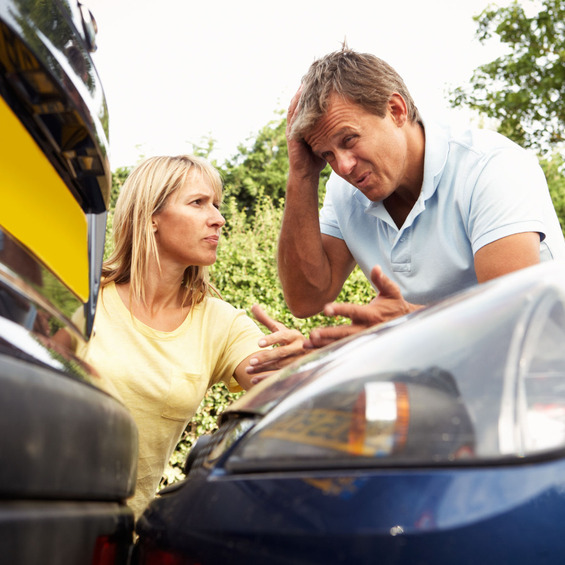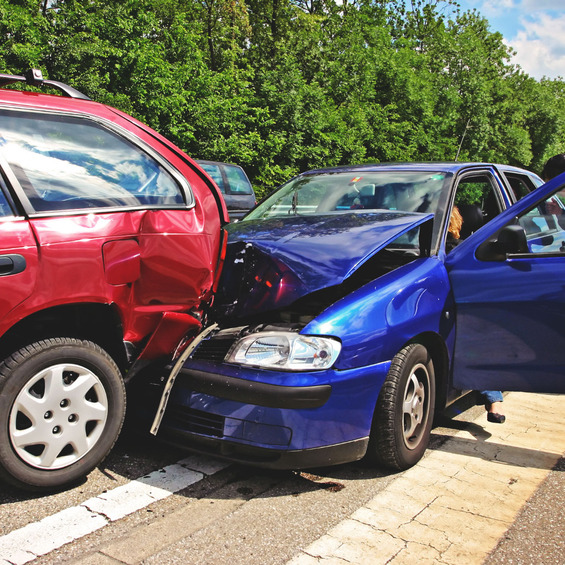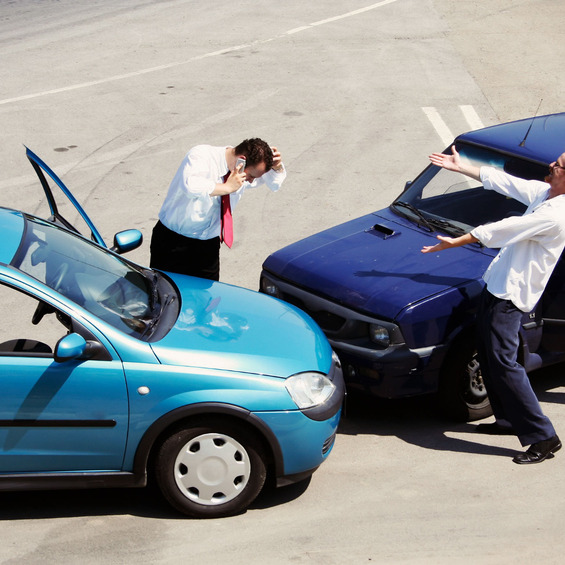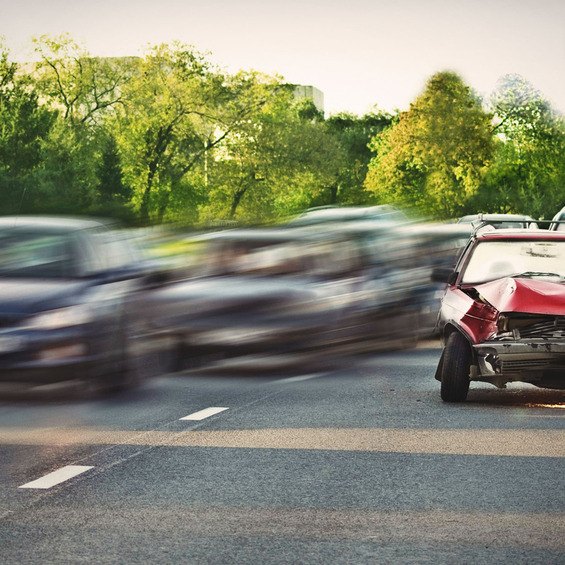
The safety systems, which are designed to protect the driver from any situation on the road, are becoming more and more everyday. However, despite the latest developments of leading automakers, the "panacea for road accidents" has not been invented yet. No, even the most perfect system can provide drivers with complete absence of accidents. That is why owners of both budget models and premium cars need to know how to behave in an emergency. Moreover, such a "theory" is needed not only for newcomers but also experienced drivers, because a long experience is not a guarantee that the driver's actions will be right at the moment of danger. What is the situation on the road that can become emergency and why is this happening?
What is the situation on the road that can become emergency and why is this happening?
The most dangerous type of collision is a side impact. Such accidents often occur at the intersection of roads when a member of the movement, either consciously or simply, is not able to slow down, passes the intersection to red or does not comply with the requirement of the "Indentation of the road" sign.
There are also frequent accidents involving the exit of the vehicle into the oncoming lane. According to the statistics, this is the second most dangerous type of road accident, even though, unlike the side of the car, the hood and the whole front of the body are much stronger. The reason is that the speed of the car is usually higher when crossing the road, so the impact of the collision is worse.

Another common cause of car collisions is oversteer. Here the "history" may be different: the frozen or wet road, the broken wheel, and so on. Yes. How to act if a collision is inevitable
How to act if a collision is inevitable
First of all, in any emergency or just outside situation on the road, you have to not lose your temper. Instructors advise the latter to try to get out of the critical situation or at least mitigate the impact.
If the impact is inevitable, try to mitigate the impact in order to minimize the impact
For example, if we are talking about a frontal collision, it is necessary to "go" by sending the car to the side (no matter, in the bush, in the bushes or in the fence-the consequences of such "care" would still be less fatal than when the forehead collide). Remember that even a tree or post is less dangerous in a collision than the one facing the car.
Of course, it is not always possible to choose what to crash, but if there is an opportunity to fly to the ground or to a post, it is more logical to stop the choice at the first. When you leave the frontal impact, it is very likely that a tangent collision with a car that travels along the next lane is very likely. However, this option is also considered to be safer.
When a rear impact is imminent, it is best to release the brake-nostle during driving and manual in the parking area
When the rear impact is inevitable, experienced drivers are advised to release the brake: leg in the case of movement and, if possible, manual if the car is parked.

In a collision with a car in the front, it is best to try to avoid hitting the center so that the impact is to the right or to the left.
If at high speed you see a sudden stop in front of you, and you realize you can't slow down, you have to leave a quick look to the left and to the right. In the absence of a number of other vehicles, the brake is released and a sharp manoeuvre is made to the left or to the right. If an ABS is installed on the machine, the brake may not be released.
If the blow is inevitable, the head must also be protected. If the emergency occurs at a speed up to 60 km/h, it is necessary to squeeze in the back of the chair and put your hands in the steering wheel. If it is a higher speed and the driver is still unbuttoned (so cohewn and near), the risk of impact must be heavily pressed against the steering wheel.
How to behave at the moment of impact
If there is a frontal impact and no safety-belt on the driver or passenger, you have to cover your head with your hands and never reach the glass. The forearm must be moved to the handlebars or the dashboard to avoid serious injuries to the upper torso.

One of the dangerous consequences of the accident is the rollover or the coup of a car. The driver and passengers, who are fastened, need only to close their heads with their hands in order to soften the possible blow. If you don't have a seat belt at the time of the coup, you don't have to grab the wheel, so you can make a broken arm. If there is an opportunity, we must lay down on the next chair, cling to it, and clutchting with his hands.
The so-called "whiplash injuries", which operate on the cervical spine, are in serious danger at the rear. It is easiest to avoid it in a car with a head restraint: just as hard as you can to get your head to the back. If there is no head restraint, you need to quickly slide down the seat to keep the back of the head.
Standing in the front passenger seat at the moment of any impact, it is best to fall on the side and cling to the chair. On the back, we should be on the ground as far as possible.
How to behave after an accident
First of all, you have to try and leave the car yourself. If it's impossible to do that through the door, it's worth trying to get out through the glass. If the line is broken and it can be broken by any heavy object. It is important not to panic if the car catches fire after the impact. The panic usually paralyzes the mental and physical abilities of a person, preventing him from thinking and acting in a clear and fast way.
The first action after the accident is to get out of the car and help other participants in the crash
Leaving the car, it is necessary to help passengers of their cars or victims in another car if possible. If the car was out of the car and there was a risk of explosion, you'd better step back to a safe distance.
How to operate when a car falls into the water
We will separately consider the situation in which a car in the result of an accident falls into the natural disaster-water.
For some time, a car that fell into the water will be able to keep it on the surface. We have to try to get out of the car before it goes down. It is recommended to do so through the window, because if you open the door, the water will instantly fill the cabin, which means that the car will sink faster.
When you get out of the sinking car, get rid of an extra, fading movement of clothing.
If the high speed has blunked the wheel
There is a "horror" among motorists that when a wheel is suddenly unpressurized, the car is always turned over. In fact, this is not the case: a combination of circumstances (high speed, poor road quality or a sharp turn) are required for these effects.

If the tightness of the wheel is broken, the wheel will immediately try to escape from the driver's hand. The main thing is keeping it, keeping the car out of control. It is necessary to send the car to the side opposite to the broken wheel without sudden and sudden movements, and to reduce speed easily by pressing the brake pedal.
Of course, it is impossible to foresee all emergency situations that may arise on the road. Whatever happens in the course of the movement, the driver must remember one general rule: in any situation, it is necessary to remain calm and not succumb to panic, in order to avoid dire consequences.









